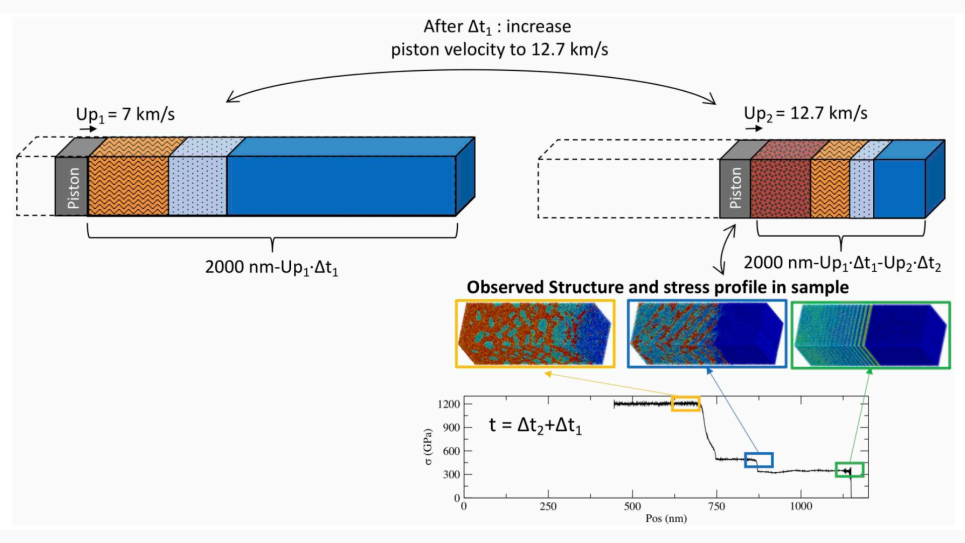In integrated circuit (IC) technology, decades of progress were driven by the continued miniaturization of transistor dimensions to yield greater circuit density and functionality at lower cost and power per function. Currently, however, the chip industry is facing a crisis. Although transistor scaling has provided for enhanced performance, it has also resulted in increased in power per unit area of a chip. This is manifested in today’s typical Complementary Metal-Oxide-Semiconductor (CMOS) processor, which operates at around the power density of a nuclear reactor. The fundamental reason for the rapid rise in the power density is that the supply voltage (VDD) used to drive the transistors has not scaled respectively with transistor density. Simply, transistor dimensions have continued to shrink to minute scales, but the voltage used to operate these transistors has plateaued. Since the MOSFET is not an ideal switch, the off-state leakage current (IOFF) is non-zero and hence dissipates power even when it is supposed to be off. In 2011, Intel’s 22 nm CMOS node is the 1st commercially available bulk-FinFET technology and opens a new era of 3D CMOS for low power mobile electronics and continuously driving CMOS scaling and Moore’s Law. However, at 10 nm node and beyond, new design requirements are essential for switching capabilities of FinFET for optimal energy efficiency. This allocation supports a new solution in design enablement by using the power of computational simulations and high performance computing clusters for cost effective and energy efficient switches for FinFET device technology.


